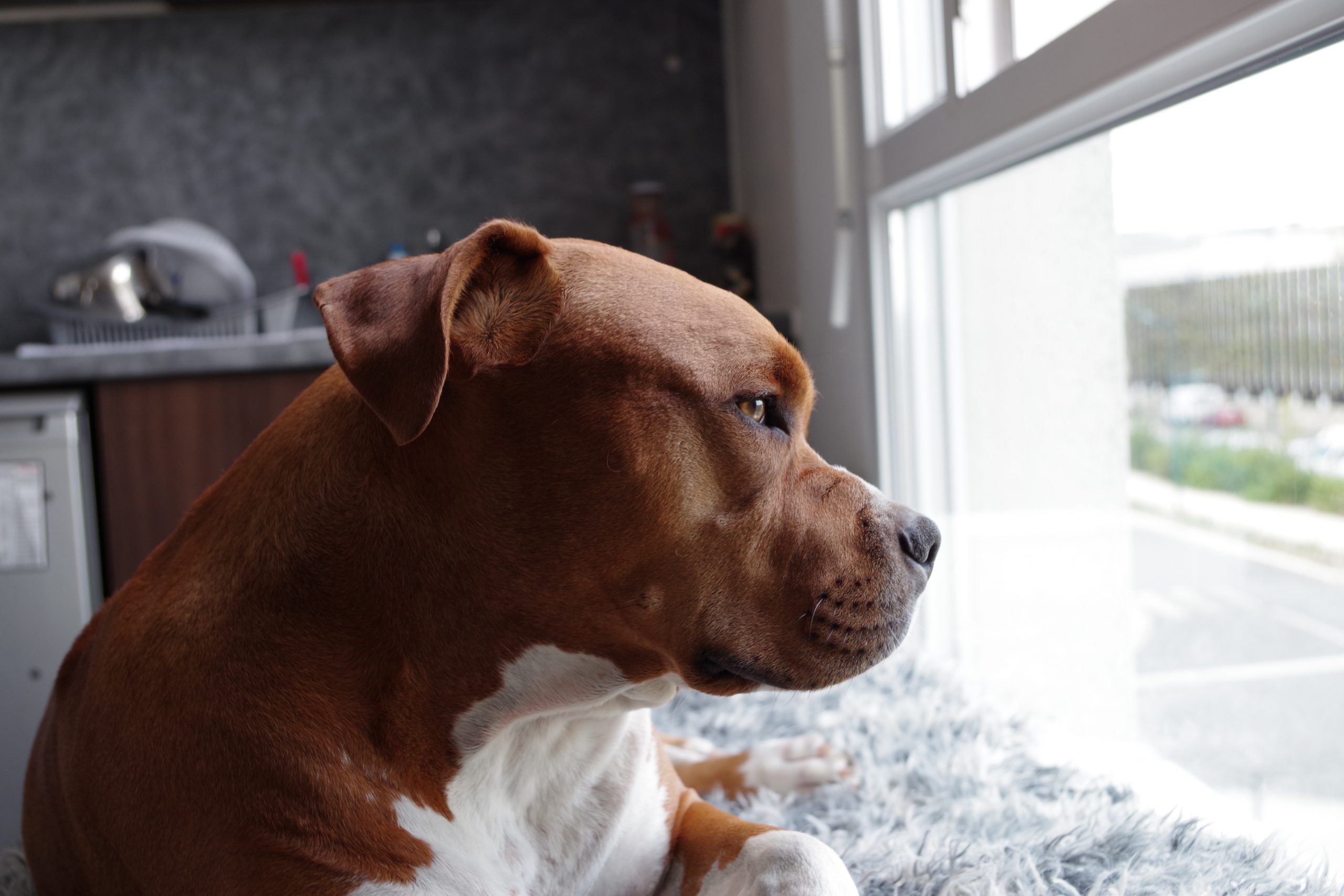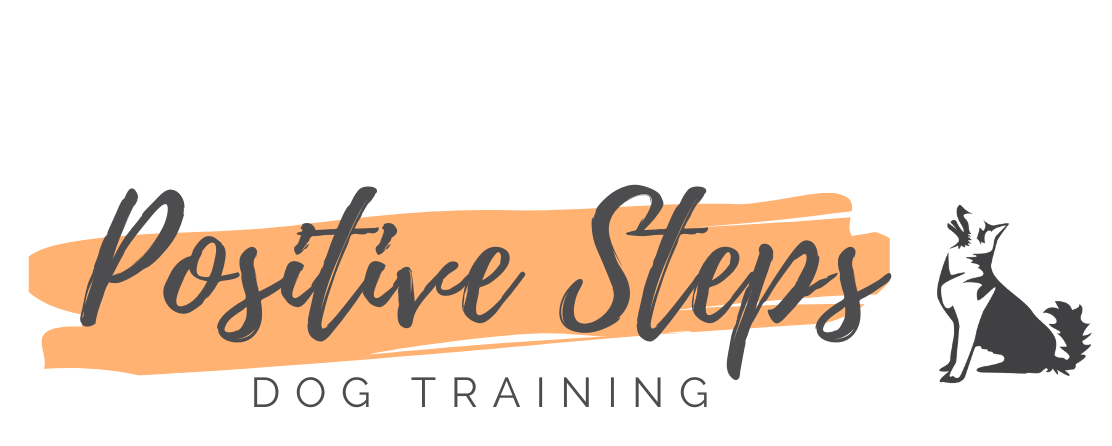
Separation anxiety in dogs is one of the most difficult behaviours to live with. Dogs are social animals and typically don’t like to be left alone, they’d just much rather be with us!
Despite this, many dogs will tolerate being home alone with no real concern, but some dogs hate being alone so much that it turns into full blown separation anxiety. For these dogs, they’re not just unhappy to be left alone, they are in a state of panic.
Canine separation anxiety is when a dog has a phobia of being left home alone. These dogs become extremely anxious when alone, displaying signs of panic when they are left for periods of time longer than they can handle. There are cases where the dogs are ok if they’re left with anybody, no matter who it is, or in some cases, the dog has to be with a specific person otherwise they begin to panic.
Signs of Separation Anxiety
It’s not always easy to determine the difference between whether a dog is disappointed that you’ve left, or completely freaking out. But there are some telltale signs that you can look out for!
- Excessive barking, whining, crying or howling
- Chewing, typically of owner’s items
- Pacing and restlessness
- Destruction of floors/walls, particularly around points of entry
- Attempts to escape, sometimes leading to self-harm
- Toileting accidents
- Increase in anxiety as you’re preparing to leave
- Disinterest in food (but not with all dogs)
All of these common signs of separation anxiety are generalisations, and behaviour will always differ between each individual dog.
When is it NOT Separation Anxiety?
Some of the above behaviours will present in dogs that do not suffer from separation anxiety. For example, behaviours such as chewing and vocalisations can be common amongst dogs that are left alone but are not anxious.
It can be confusing to know the difference, but behaviours in dogs suffering from anxiety typically last longer, can be more intense and can escalate the longer you’re away. For example, some dogs that aren’t anxious may bark in the first few minutes when you’ve left, but as soon as they realise you’re not coming back, the resign to settling down for the rest of your absence. Some dogs may behave in certain ways because they’re bored or frustrated, but they’re not in a state of panic.
If you’re unsure whether your dog is suffering from separation anxiety, you can take a short video of them whilst you’re out to assess their behaviour so that you can appropriately decide on your next course of action.
Separation Anxiety Training Mistakes to Avoid
Separation anxiety is not just your dog ‘misbehaving’. It is an emotional state brought on by your dogs’ fear of being alone. In order for your training to be successful, you must change how your dog feels when you leave them home alone. The aim is to change the emotion that drives the behaviour.
Mistake 1. Believing the ‘Alpha’ bulls**t – If there is one thing you take away from this blog post, let it be this: you are NOT making your dog’s separation anxiety worse by allowing them to sleep on the sofa/bed with you or by letting them out of the door before you. This is absolute nonsense, and if you don’t believe us, check the science yourself!
Mistake 2. Giving food to your dog as you leave – for many dogs with separation anxiety, food is the last thing they’re thinking about. They’re in a state of panic, so their drive to eat is just not there. For that reason, you may notice that your dog leaves their food untouched until you return home.
That said, not all dogs feeling anxious will lose their appetite. Food can sometimes work to delay the inevitable, in that your dog will eat the food and as soon as they’re finished, the anxiety-related behaviours commence.
Mistake 3. Letting them ‘bark it out’ – dogs with true separation anxiety aren’t acting up, they are scared. If you leave them to cry it out, they will dread being left alone more and more, as each time it happens, they’re having a truly terrible experience.
Mistake 4. Just using a crate – this is an older training method that was used to help dogs with separation anxiety. However, we now know that for many dogs with separation anxiety, crating and confinement can sometimes make things worse by increasing the feeling of isolation. Whilst a crate might stop the damage to your house (therefore just suppressing behaviour), you risk severe physical and/or psychological damage to your dog.
Mistake 5. Getting a second dog – There are rare occasions where a second dog has helped a dog that has suffered the loss of a companion, but more commonly, a second dog will not ‘cure’ your dog’s separation anxiety, and can sometimes make things worse.
Your dog’s separation anxiety is a panic disorder, so there are no quick fixes (calming treats, relaxing beds, diffusers etc.) that will magically resolve your dog’s fear. Using these kinds of ‘treatments’ is like recommending a cup of chamomile tea to someone who suffers from PTSD.
If you’re struggling with your dog’s separation anxiety, and you feel like you have lost your freedom and are having to choose between having your pet and having a life.. it doesn’t have to be that way!!
Separation anxiety training works to help your dog to feel safe and comfortable when home alone, using a kind, evidence-based training approach. It really is life changing, for you and your dog.
Our 10-week training course includes:
- Access to the exclusive training app
- Weekly Zoom sessions with a certified SA Pro trainer
- Step-by-step training exercises for you to easily follow
- Unlimited trainer support throughout the course
- Remote training, so you can work with us from anywhere in the world!
Please get in touch if you would like to book the course or would like some further information. We look forward to supporting you and your dog throughout your training journey!
